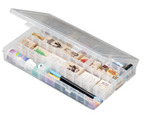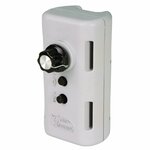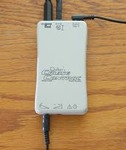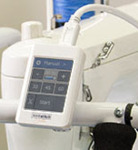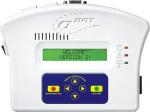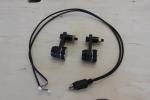 |
Quilters Cruise Control Stitch Regulators, FabuMotion Fabric Movers, Grace, Tin Lizzie, Qbot |
Additional Information:
We have just been notified that the Governor of Illinois has issued a
stay at home order through April 7. We hope to have more details in the
coming days, but please keep this in mind when corresponding with us
(placing/checking on order, customer service, etc).
Of course, we understand that California is already under a similar
order, so maybe this won't affect anything until we are all back to work
and normal schedule. Orders that were placed before today have been filled and shipped.Carol Tarras, LiTen Up Technologies Inc.
There are several ways that thread can break or shred:
~ The thread breakage could be caused by the way that the quilt top has been loaded into the frame. Both ends should be at the same level, and they should cause the quilt top to barely touch the bed of the sewing machine. If the ends are too high, the presser foot and needle going down into the fabric is OK, but coming up out of it during the time you are moving things around can cause the needle to be “exposed” and then to have the thread tugging against the eye of the needle. Sometimes this causes the thread to shred.
~ Whenever you’re quilting an entire quilt top, of course depending on the size of the quilt, you will probably need to start with a new needle. These needles are good for at most 8 hours of quilting.
~ Another possibility is that the tension may need adjustment, either on the top or in the bobbin case itself. When you change bobbin thread from cotton to rayon, polyester, or monofilament, the bobbin case itself may need to have its tension adjusted (tightening or loosening by turning the screw).
~ Make sure that your feed dogs are down or covered with a feed dog plate (depends on the brand of sewing machine you have). Adjust the stitch length on your sewing machine to 0. The presser foot pressure should be at 0 as well.
~ When you’re doing the free-motion quilting, the maximum speed you should be moving the sewing machine around is about 2 inches per second. Faster and it can add stress to the needle and thread, and also it might cause the stitches to become elongated because you would be exceeding the speed capability of the sewing machine.


